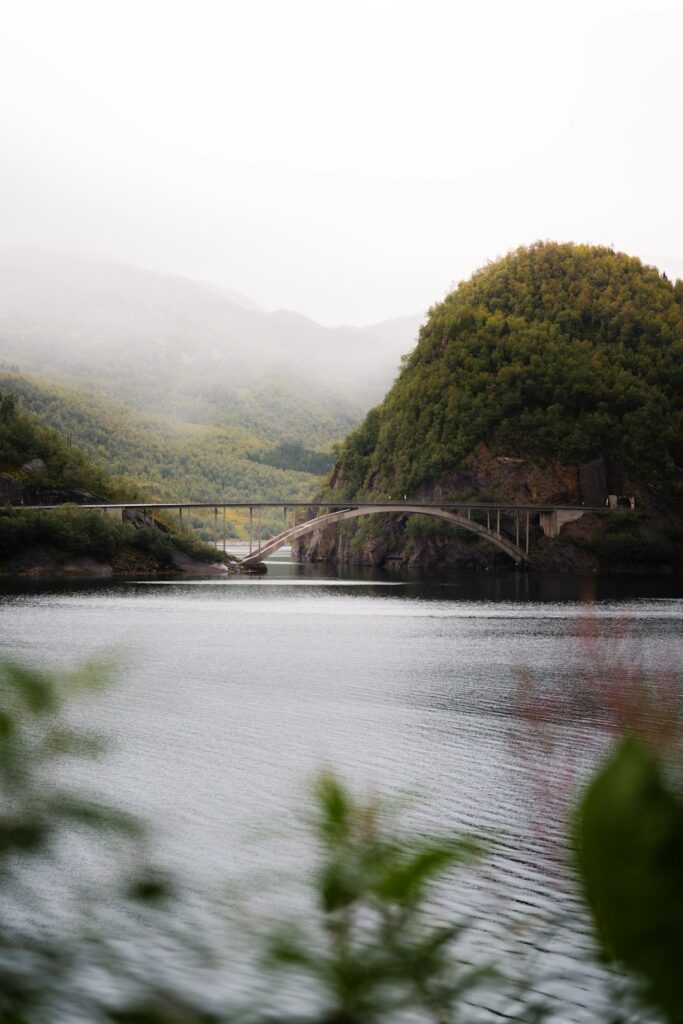Are you ready to discover Japan beyond the usual tourist paths? Forest glamping is the new buzzword among Japanese locals—luxury camping retreats nestled in breathtaking, off-the-grid wilderness. These hidden gems offer not only comfort and style but also an authentic experience of deep Japanese nature, rich culture, and regional flavors. This guide unveils the best-kept secrets of forest glamping, from locales like Aso National Park and Shirakami Sanchi to unique accommodations and practical advice for venturing into Japan’s wild heart.
Japan’s Glamping Revolution: The Rise of Forest Hideaways
Glamping—or “glamorous camping”—has taken Japan by storm over the past decade. What started as a niche trend among city dwellers desperately seeking a natural escape has blossomed into a full-blown movement. In 2025, Japan’s glamping experiences have become ever-more refined and diverse, blending the tranquility of remote forests with architectural innovation and superb hospitality.
Unlike commercialized campsites, a new wave of forest glamping sites remains tightly guarded secrets among locals. These sites promise a retreat into untouched wilderness with serenity and privacy, creating the perfect antidote to urban life. The appeal? Waking up surrounded by towering cedar trees, with the soothing sounds of a nearby stream, and no crowds in sight—just you, nature, and the magic of Japan’s hidden forests.
Hidden Forest Glamping Spots: Local Favorites Revealed
While mainstream glamping spots receive global attention, true aficionados head for the country’s lesser-known wild reserves. Aso National Park in Kyushu is one of these sanctuaries. The volcanic landscape provides a dramatic backdrop for secluded glamping camps tucked in dense forest. Glamping here is all about intimacy with nature—private fire pits, mountain mist at dawn, and panoramic views of the caldera.
Up north, UNESCO-listed Shirakami Sanchi offers an entirely different ecosystem, with primeval beech forests, crystal-clear streams, and barely touched hiking trails. Local-run glamping sites blend into this verdant paradise, with only a handful of tents or cabins hidden from plain view. Each spot is thoughtfully integrated into the forest and often accessible only by foot or via small, winding mountain roads. Locals might also point you to gems like the forests of Chichibu near Tokyo or the mystical woods of Yakushima, where intrepid glampers can experience ancient Japanese cedar groves undisturbed by crowds.
Sleep in Style: Domes, Wooden Cabins, and the Extraordinary
Each secretive glamping site is defined by its architectural creativity. Some feature ultra-modern glamping domes—geodesic tents with panoramic windows for stargazing from bed, heated floors, and stylish Nordic-inspired interiors amid nature. Others offer handcrafted Japanese wooden cabins, blending traditional aesthetic with eco-friendly design. Think tatami mats, sliding doors, cedar or cypress wood, and open-air baths overlooking mossy rocks.
Those seeking true luxury might discover sites offering open-air onsen (hot springs), private barbecue terraces, or even treehouse suites suspended above the forest floor. Each option provides a rare mix of comfort and adventure, ensuring your nights are as memorable as your days. These accommodations are intentionally small-scale—most sites have only a handful of units to keep the vibe exclusive and tranquil.
Dining & Doing: The Best of Forest Cuisine and Activities
One of the most alluring aspects of forest glamping is the outdoor dining experience. Local hosts take immense pride in showcasing regional produce—grilled river fish near Aso, wild mountain vegetables in Shirakami, or seasonal mushrooms fresh from the woods. Evening meals are often served al fresco by lantern light, allowing you to taste Japan’s terroir in its purest form.
When you aren’t feasting, a variety of forest activities await: try guided forest bathing (shinrin-yoku), tapping into the mental health benefits of soaking in ancient woodland energy. Stargazing is sublime in these secluded areas, far removed from city lights. Many sites also offer expert-led nature walks, birdwatching, creekside meditation sessions, and (in summer) firefly viewing. In every season, the landscape transforms, ensuring that no visit is the same.
Planning Your Escape: How to Book & Travel Like a Local
To access these hidden sites, flexibility and advance planning are essential. Many forest glamping locations operate on a limited-reservation basis; some are open only to guests who book directly through local tourism offices or by phone, rather than international booking sites. Japanese-language skills can help, or consider asking your hotel concierge or a travel agent to assist.
Getting there can be part of the adventure—expect rural trains, scenic buses, and sometimes a taxi or shuttle arranged by the glamping site itself. Renting a car can dramatically increase your access to remote areas. Remember: traveling midweek increases your chances of privacy and often unlocks better rates.
Pack light, but don’t forget essentials like insect repellent, hiking shoes, and layers for fluctuating forest temperatures. Embrace digital detox: Wi-Fi is rare, but the sense of total disconnection is the main attraction. And above all, respect local customs and the environment—these secret spots remain pristine thanks to a strong culture of sustainability and mutual care.
By following these local secrets, you’ll immerse yourself in a truly enchanting side of Japan—where luxury, nature, and authentic regional culture blend seamlessly deep within the country’s forests. The next time you dream of a Japanese escape, skip the usual and let these off-the-beaten-path glamping spots transform your adventure.








